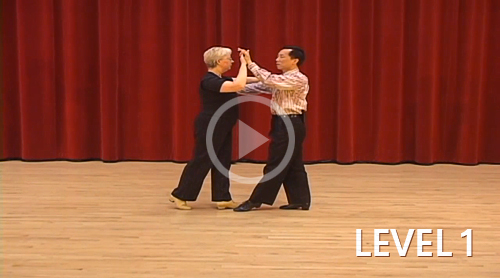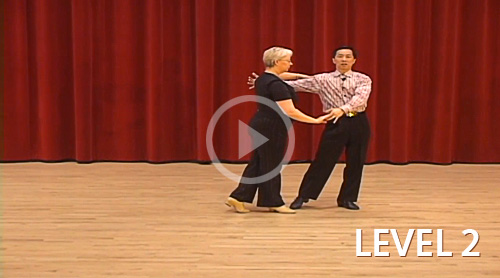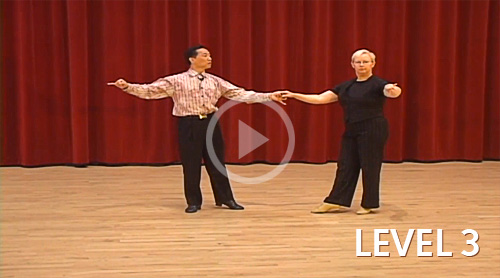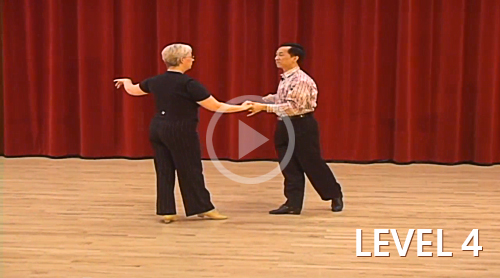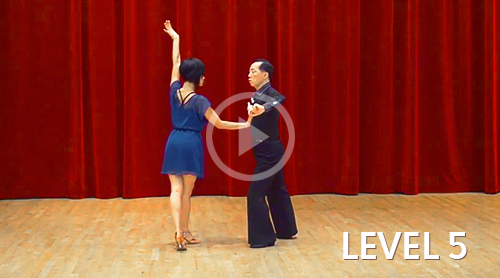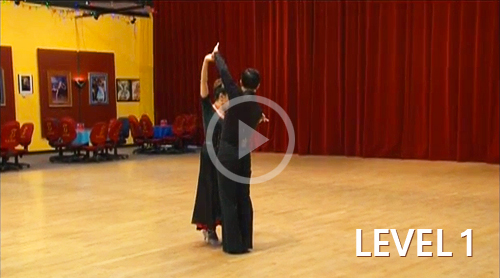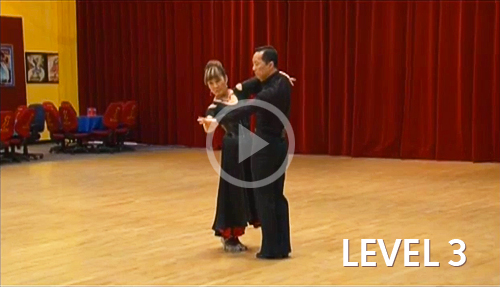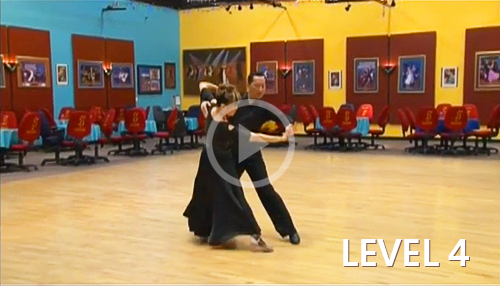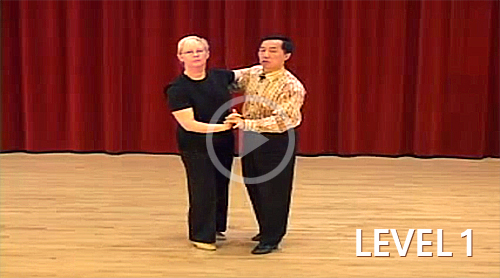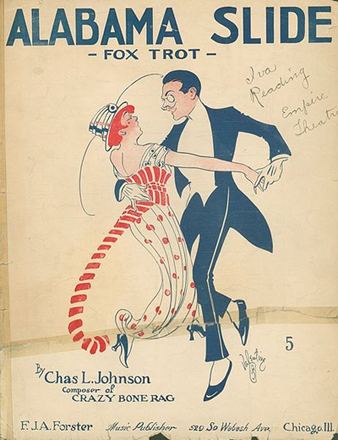Foxtrot is a slow progressive dance that is as popular today as it was in the 1940s when it first gained great popularity. Since that time it has evolved from its simple roots into several different styles and dances, including the American Style Foxtrot, the International Style Slow Foxtrot, and the Quickstep. The original dance is now widely known as the Social Foxtrot or Rhythm Foxtrot.
Social Foxtrot (watch video demo here) provides an easily repeatable basic movement which first-time dancers can quickly learn (2 walks forward, side close, 2 walks back, side close, and repeat). Despite being designated a Foxtrot, this dance was designed to be enjoyed to a wide and varied range of music; from blues to Quickstep, from Tango to Rock’n’Roll and even some current chart music. In fact, you can dance the Social Foxtrot to almost any tune with a 2/4 or 4/4 time signature, which means virtually any dance music except that in Waltz-time. The tempo though, will vary according to the particular style of music.
There are only a handful of variations to this dance and every one of them starts and ends with both partners’ feet closed together. This makes it easy for ‘lead and follow’ since any variation can follow any other one and that negates the necessity to memorize a routine. In short, Social Foxtrot was meant to be easy to learn, easy to dance, and danceable to many kinds of music. For many people, the ability just to get onto the dance floor and move around comfortably, confidently and inconspicuously is a worthy aim in itself. To that end, the Social Foxtrot or Rhythm Foxtrot is the perfect ‘starter’ dance for a beginner.
The Slow Foxtrot (watch demo video here) is a beautiful, romantic dance which has become the classic swing dance of the Ballroom or Standard division. It uses the same music as the Social Foxtrot but that is where the similarities end. The Slow Foxtrot is a complex and sophisticated dance with strong flowing movements which require a high degree of technical expertise and dance experience to master. This is why dance teachers never teach this dance in a Beginners Class but would introduce later at the Bronze or Silver level. What makes it so difficult?
Firstly, unlike the Social Foxtrot, Waltz, and Quickstep, this dance does not have one simple repeatable basic move which you can rely on to move you around the room. In fact, you would need to learn five basic steps – Feather Step, Reverse Turn, Feather Finish, Three Step, Natural Turn, and then figure out how they are put together to navigate the dance floor before you can even begin to dance this dance. But if you are patient and dedicated, you can master this dance and enjoy the beautiful feelings and movements that are second to none.




